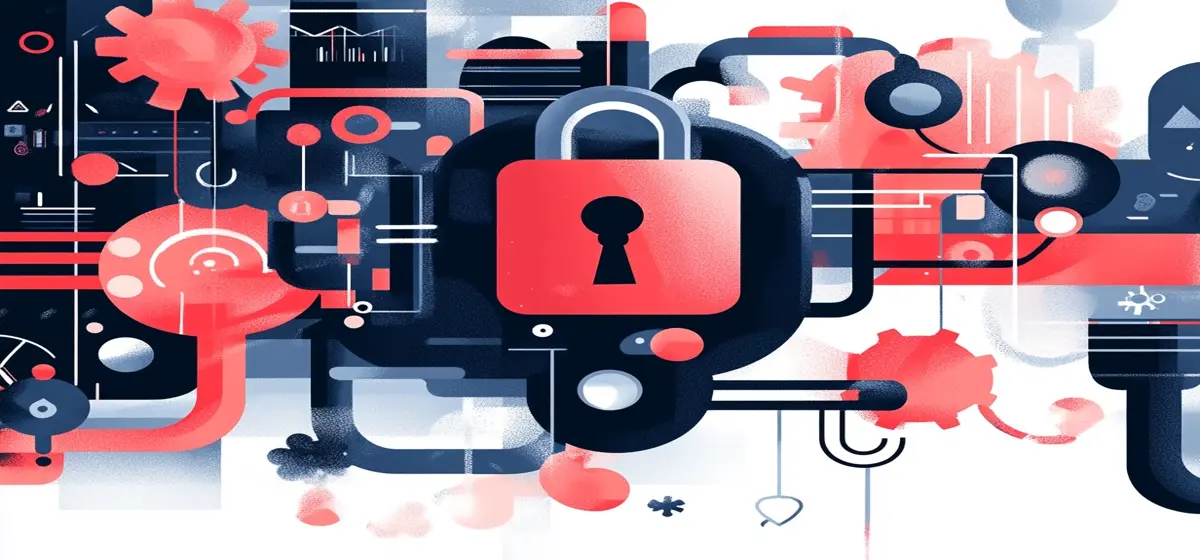In today’s technology landscape, cloud migration has become a crucial step for businesses aiming to enhance scalability, flexibility, and cost-effectiveness. The cloud offers a range of benefits, from improved data accessibility to reduced infrastructure costs. However, migrating to the cloud is not without its challenges, and one of the most critical aspects that can weaken the security of this process is manual database change release.
Manual database change release, in the context of cloud migration, involves making changes to the database schema, structure, and data during or after the migration. Unfortunately, relying on manual processes weakens and perforates the security shield of every cloud migration. In this article, we’ll explore the dangers of manual database change release during cloud migration and emphasize the importance of adopting DevSecOps and database release automation platforms for securing cloud migration. We’ll also delve into the essential features that every database release automation platform should have to ensure the full security of cloud databases.
The Perils of Manual Database Change Release in Cloud Migration
Manual database change release is a high-risk practice that can compromise the integrity and security of cloud migrations. Here are some of the key reasons why manual processes are detrimental to the success of cloud migrations:
- Human Error: Manual database changes are prone to human error. Database administrators and developers can make mistakes during the change process, leading to data corruption, data loss, or other vulnerabilities. These errors can result in data breaches and significant financial losses.
- Lack of Version Control: Manual changes often lack proper version control. This means that it’s challenging to track and revert changes if issues or vulnerabilities arise. Without proper version control, it becomes challenging to maintain data consistency and recover from errors.
- Inconsistent Procedures: Different teams and individuals may follow their own procedures for making database changes manually. This lack of consistency can lead to confusion, miscommunication, and ultimately, security gaps in the cloud migration process.
- Slow and Inefficient: Manual processes are inherently slow and inefficient. They can slow down the entire migration process and delay the deployment of critical updates, potentially leaving the cloud infrastructure exposed to threats.
- Lack of Security Measures: Manual processes often lack built-in security measures, leaving cloud databases vulnerable to unauthorized access and data breaches. It’s challenging to enforce best security practices consistently with manual changes.
DevSecOps and Database Release Automation Platforms as Saviors
To address the risks associated with manual database change release, organizations need to adopt a DevSecOps approach and leverage database release automation platforms. DevSecOps integrates security into the entire software development and cloud migration lifecycle, ensuring that security is not an afterthought but a fundamental part of the process.
Here’s how DevSecOps and Database Release Automation can strengthen cloud migrations:
- Continuous Security Integration: DevSecOps practices incorporate security into every phase of the cloud migration, from development to deployment. Security checks are automated, ensuring that vulnerabilities are identified and addressed early in the process.
- Version Control and Auditing: Database release automation platforms provide robust version control and auditing capabilities. This means that all changes are tracked, logged, and can be rolled back if necessary, providing a safety net against errors or security breaches.
- Consistency and Collaboration: DevSecOps fosters consistency in the development and deployment processes. Teams collaborate effectively, and standardized procedures reduce the risk of misunderstandings and miscommunications that can lead to security vulnerabilities.
- Speed and Efficiency: Automation accelerates the migration process. Database release automation platforms enable fast and efficient changes to be made while ensuring that they meet security and compliance standards.
Must-Have Features for Database Release Automation Platforms
To ensure the full security of cloud databases, database release automation platforms must incorporate essential features. These features provide robust security measures, ensuring that the database release process is safe and secure. Here are the must-have features for every database release automation platform:
- Single Sign-On (SSO) and Multi-Factor Authentication (MFA): Supporting the latest common practice OPEN-ID Connect protocol (OIDC) standards is crucial for strong identity and access management. SSO and MFA enhance security by requiring multiple authentication steps, reducing the risk of unauthorized access.
- Secure Sockets Layer (SSL): All communication within the database release automation platform should be encrypted using SSL. This ensures that data transmitted between components is protected from eavesdropping and tampering.
- Encrypted Passwords or Vault Integration: Storing passwords in an encrypted format or integrating with secure vaults adds an extra layer of protection. It prevents unauthorized access to sensitive credentials, further securing the release process.
- Role-Based Security with Active Directory (AD Linux): Implementing role-based security ensures that only authorized individuals have access to specific resources. Integration with Active Directory (AD) or similar systems can streamline user management and access control.
- Agent Clusters for Segmented Communication: Using agent clusters helps segment communication within the platform, ensuring that different network zones (such as DMZ, development, and production) are isolated from each other. This reduces the risk of lateral movement by attackers within the cloud infrastructure.
- AWS Resource-Based Policies and Role-Based Security: Leveraging AWS resource-based policies and role-based security over Virtual Machines (VMs) based on machine identification enhances security. It ensures that resources are accessed and used by authorized entities only.
Manual database change release in the context of cloud migration is a practice that can weaken the security of your cloud infrastructure. To mitigate these risks and ensure a secure cloud migration, adopting DevSecOps practices and leveraging database release automation platforms is essential.
The must-have features discussed in this article are crucial for building a robust security shield around your cloud databases, making your migration journey safer and more reliable. As cloud technology continues to evolve, security should remain at the forefront of every migration strategy.
when it comes to securing your cloud migration and ensuring the integrity of your database releases, a trusted DevSecOps platform like DBmaestro is your go-to solution. DBmaestro not only adopts the highest security standards, including FEDRAMP security standards, but it also supports all the critical security enhancements discussed in this article.
With DBmaestro, you gain an end-to-end cloud database delivery solution that combines automation, security, and efficiency. It empowers your organization to embrace the cloud with confidence, knowing that your data is protected, your processes are optimized, and your cloud migration is safeguarded against potential threats. As cloud technology continues to evolve, security remains paramount, and DBmaestro is here to help you navigate the cloud securely and successfully.




